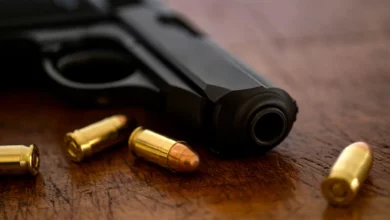One to two years old: The Family Key Ring
Laminate photos of the family and friends–you can put them on colored paper and ask a business center to laminate them for you. Then punch holes in the corner of each and lace them onto a key ring. As your baby looks at each picture, say the name of that person. When the game gets tedious, switch it around to “Is that grandpa?” Try to associate yes and no with nodding and shaking your head. After exhausting that game, you can lightly crumple up a piece of paper and watch how delighted they are to crumple it further!
Two to three years old: Edible jewelry
Feed two cravings with one Cheerio necklace, which will keep grumbling stomachs quiet and provide a distraction. It takes longer to eat Cheerios off a necklace than it does out of a bag or plastic container. Stringing Cheerios on a necklace also improves motor skills. Other options include filling an old wallet with coupons and old cards so that they can take everything out and put it back in again or packing a magnifying glass for exploratory purposes.
Three to four years old: Boost perceptiveness
Look around at art or posters on the wall–discuss the pictures and make up stories about the characters. Make lists for trips–you do the writing and your 3-year-old can offer suggestions. Try to get her to list everything in her room or all the little animals that sleep in her bed. Call up family and let your chatty three-year-old talk to her aunts or grandparents.
Four to five years old: Harriet the Spy
Your 4-year-old may not be an incredible artist, but it’s likely he or she can draw some simple shapes. Pick out people sitting around you and try to draw their faces together. For more fun, you draw someone around and ask your preschooler to figure out which person you have drawn. Make sure you always have a little notebook and a pen or pencil with you–the paper games you can play are endless. Practice drawing letters or numbers or animals. If you are a terrible artist, the games can be quite humorous. You can also measure things with a tape measure or play ’20 Questions’ – think of something
and answer your preschooler's 20 yes or no questions until the child figures out what you were thinking of.




